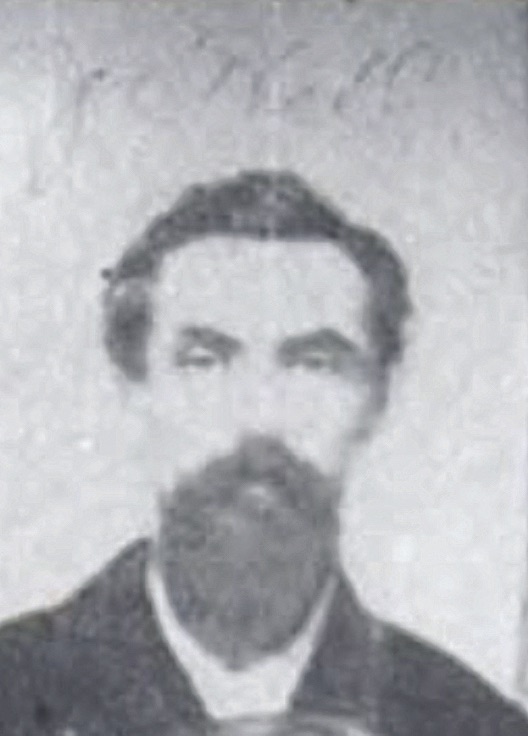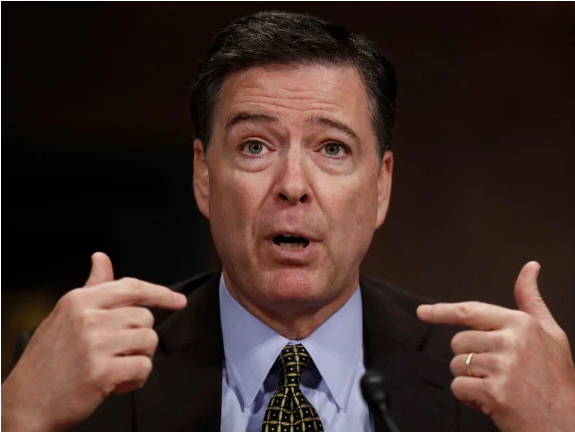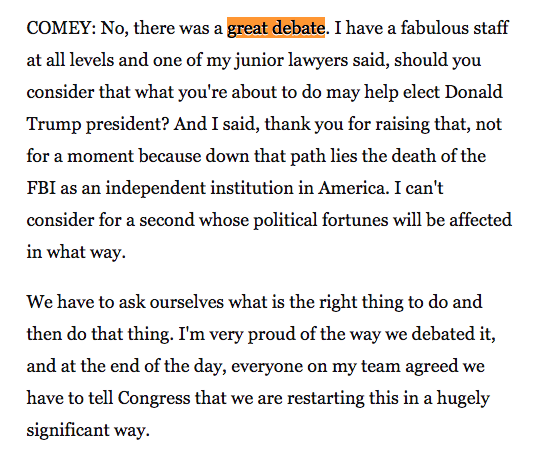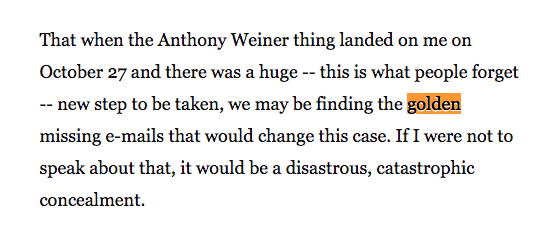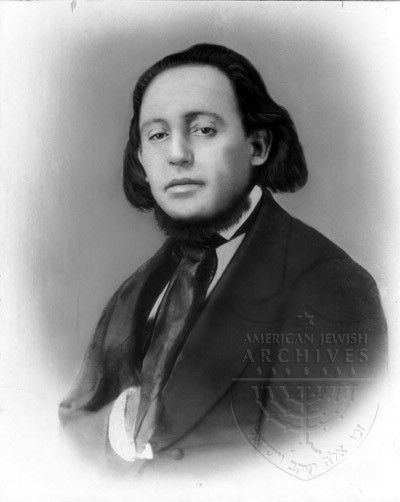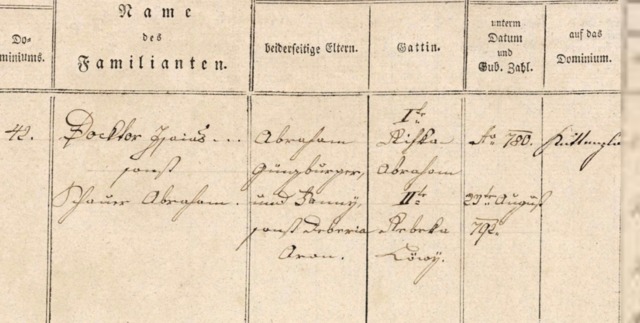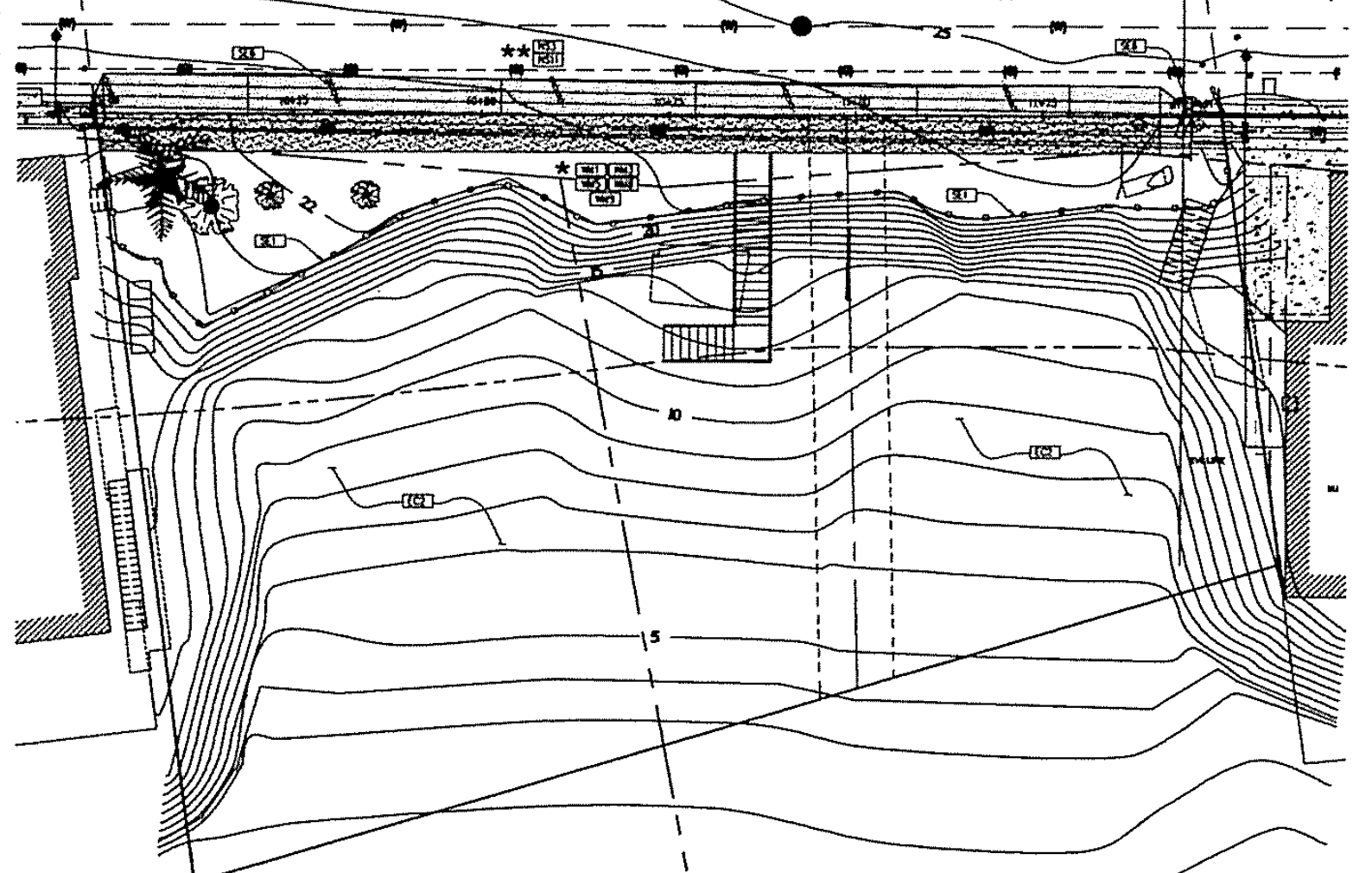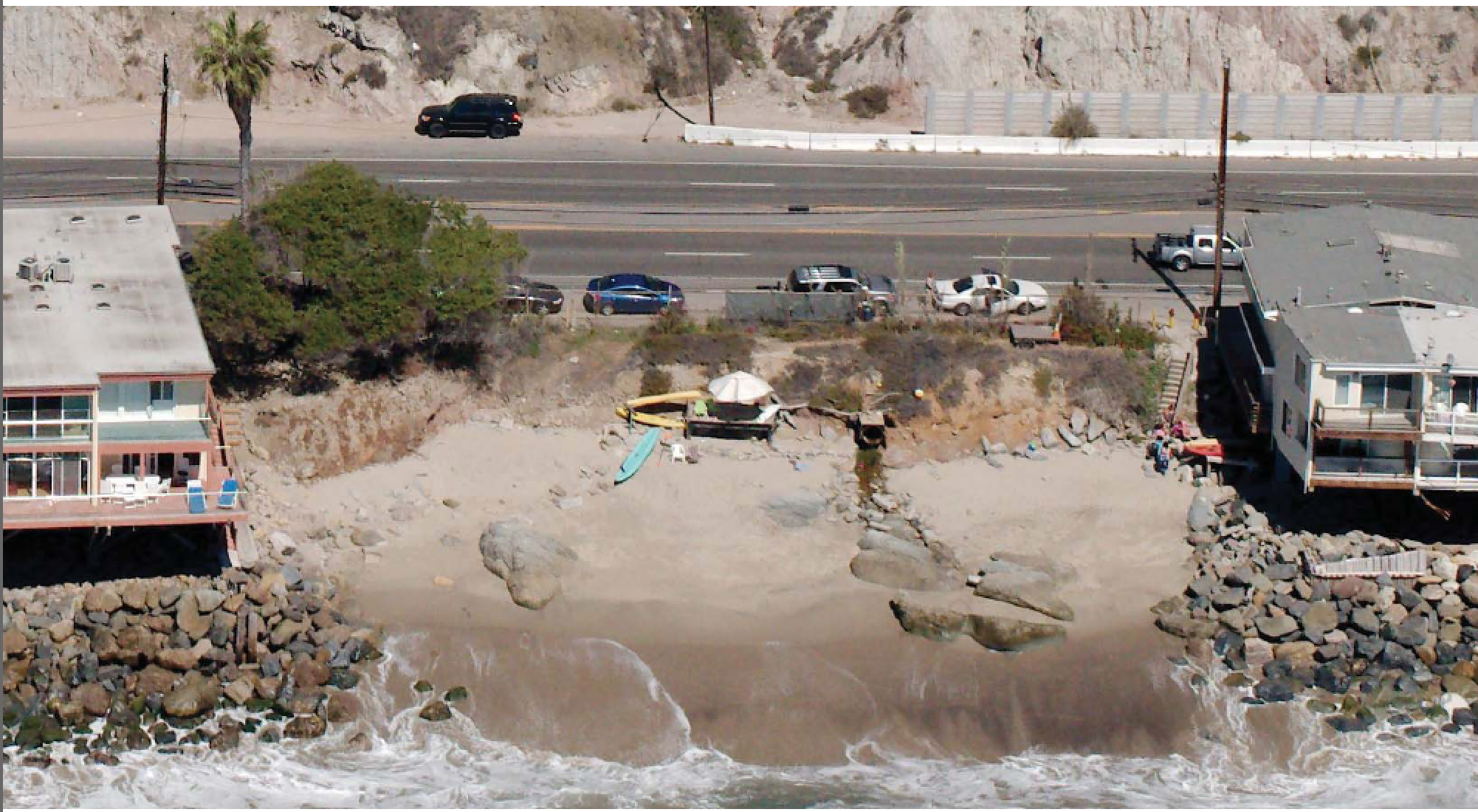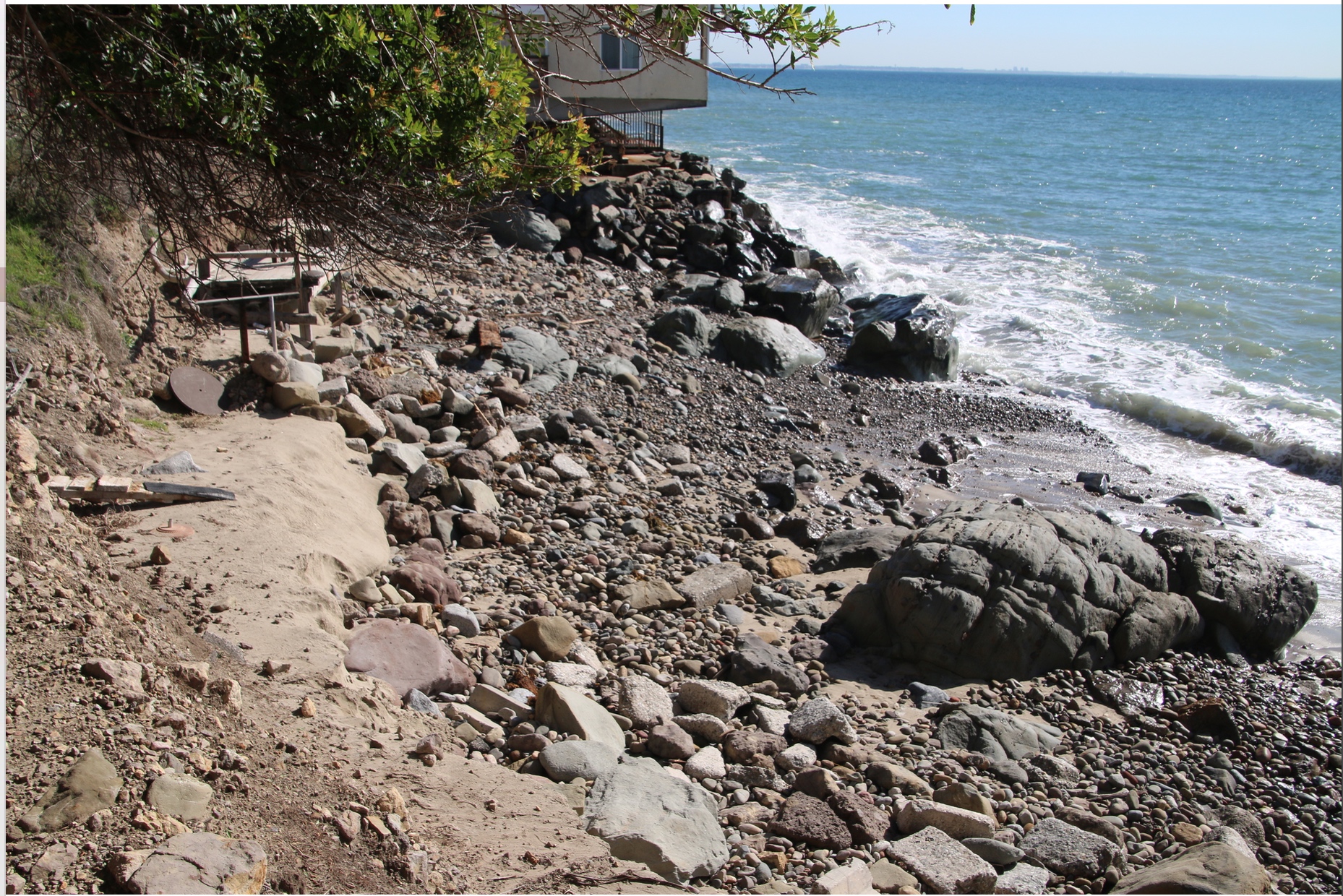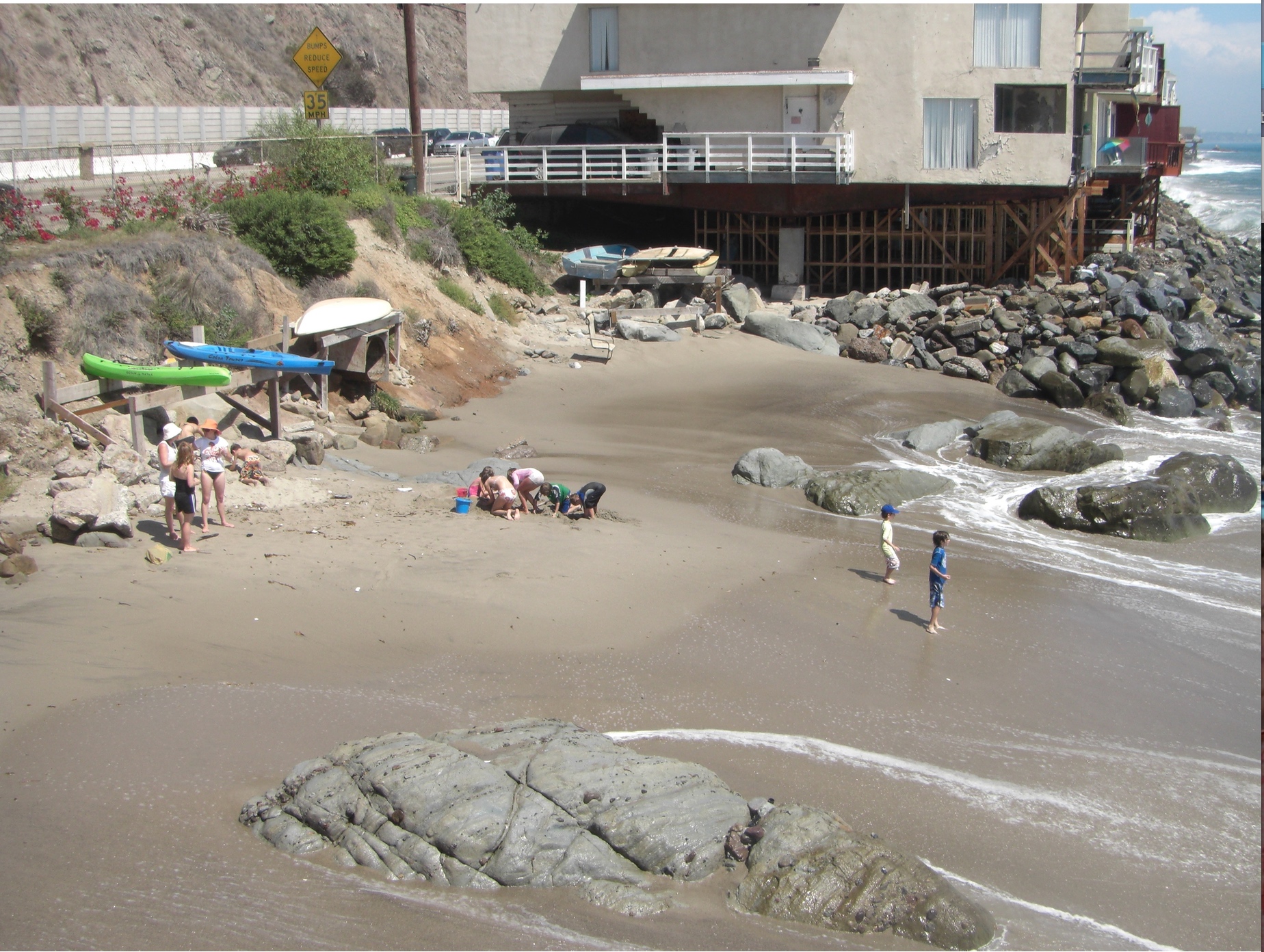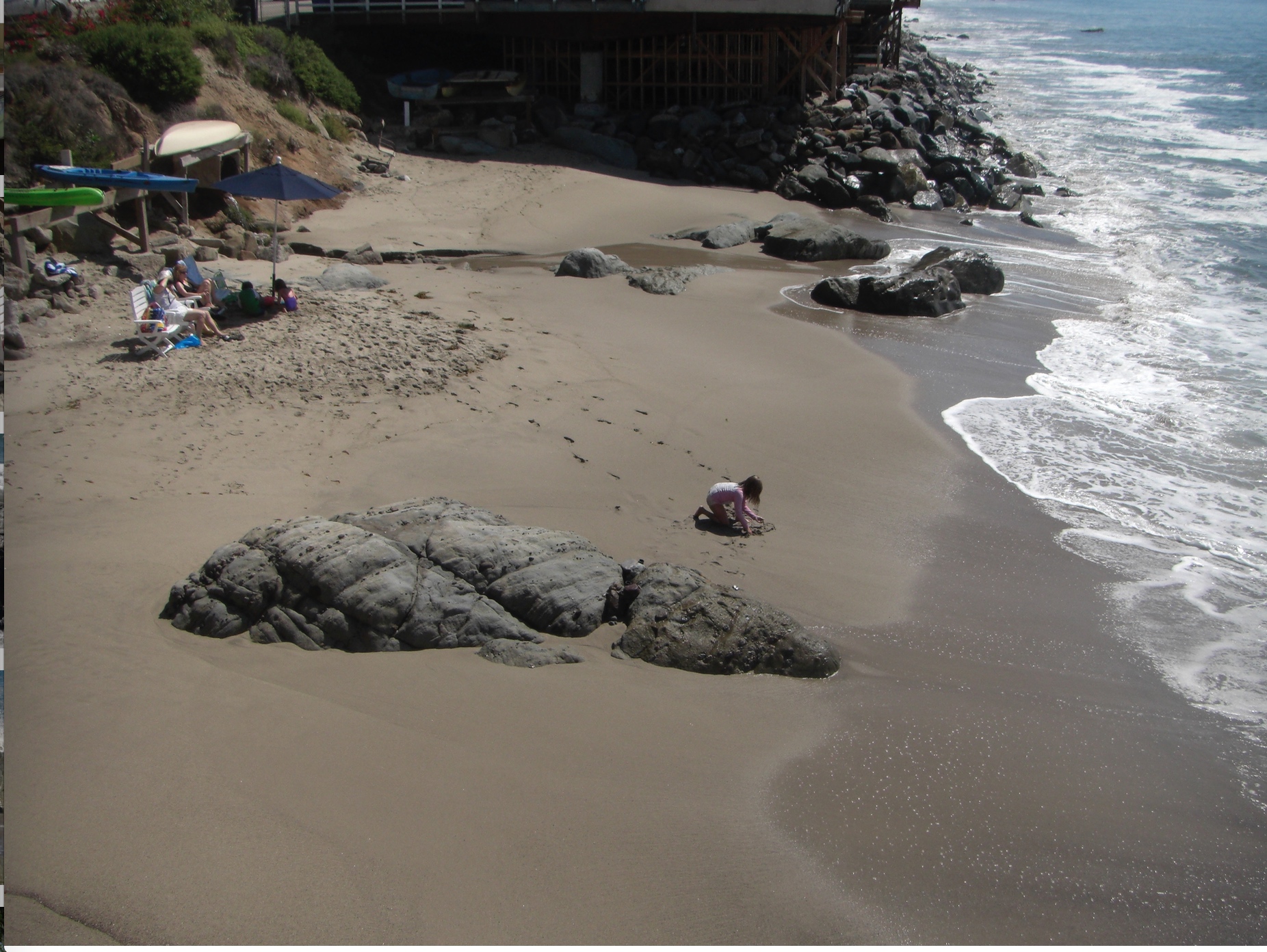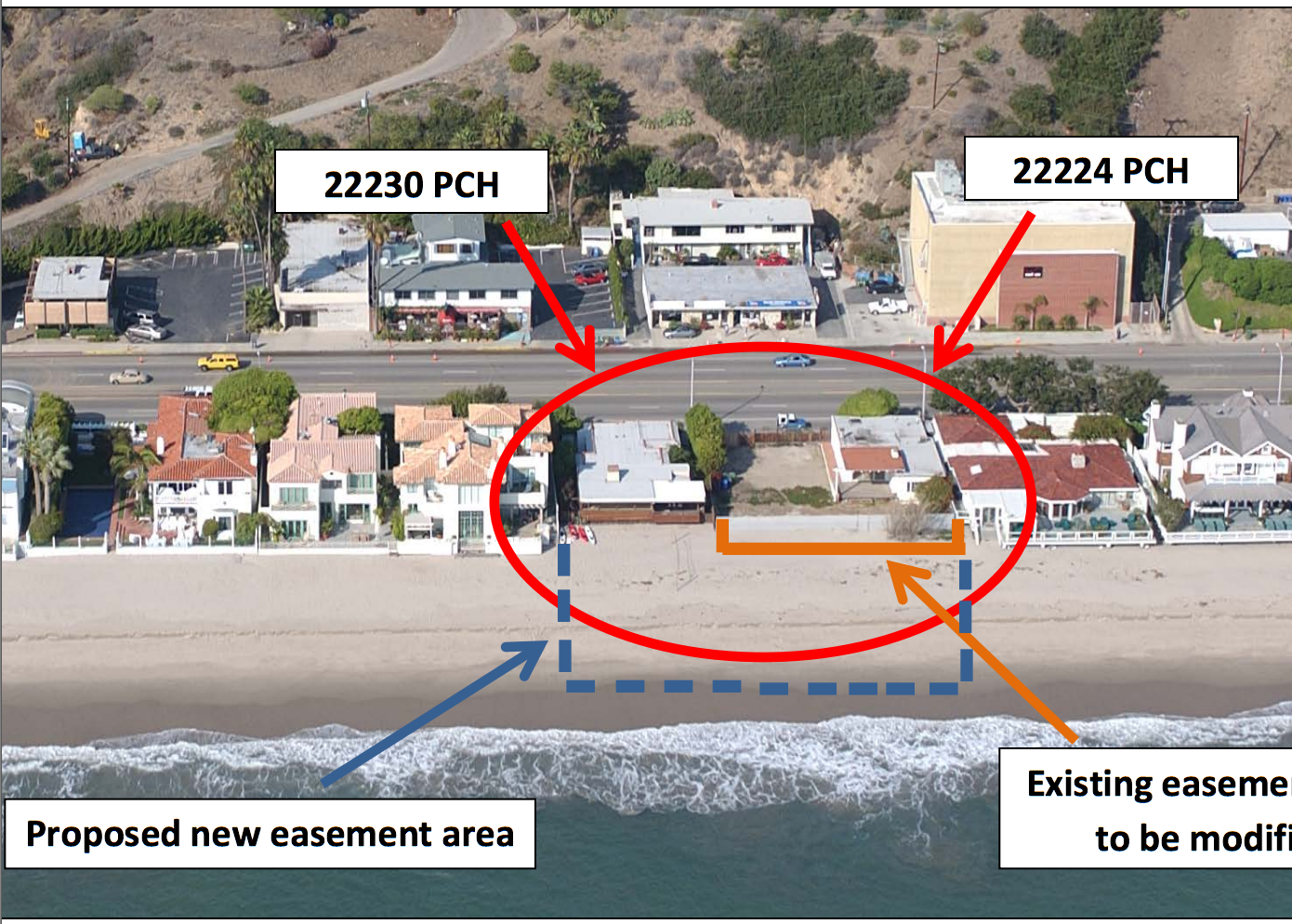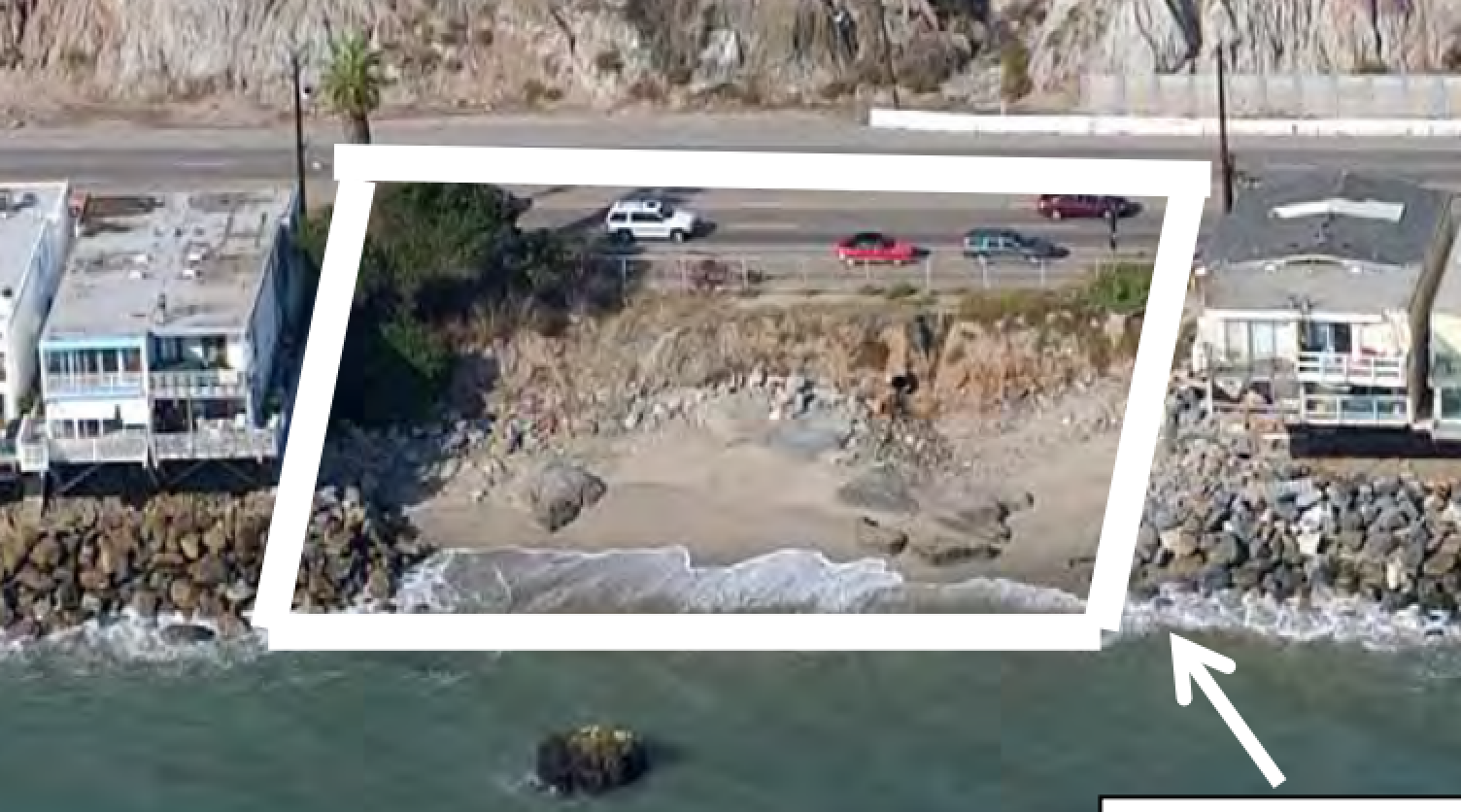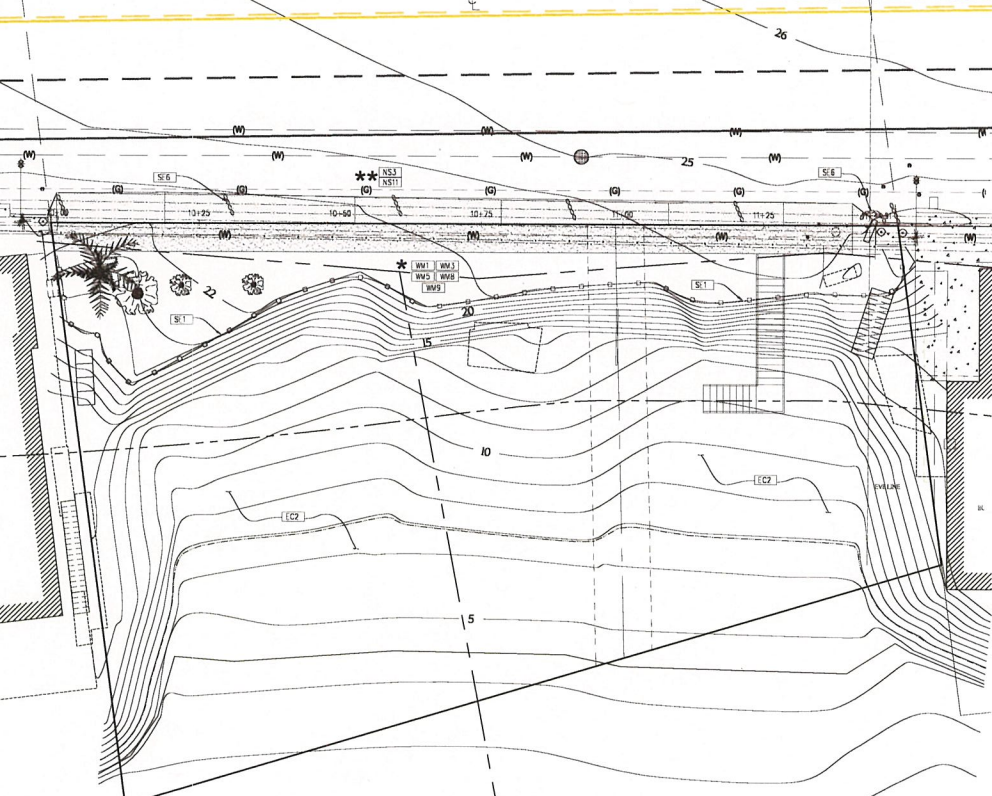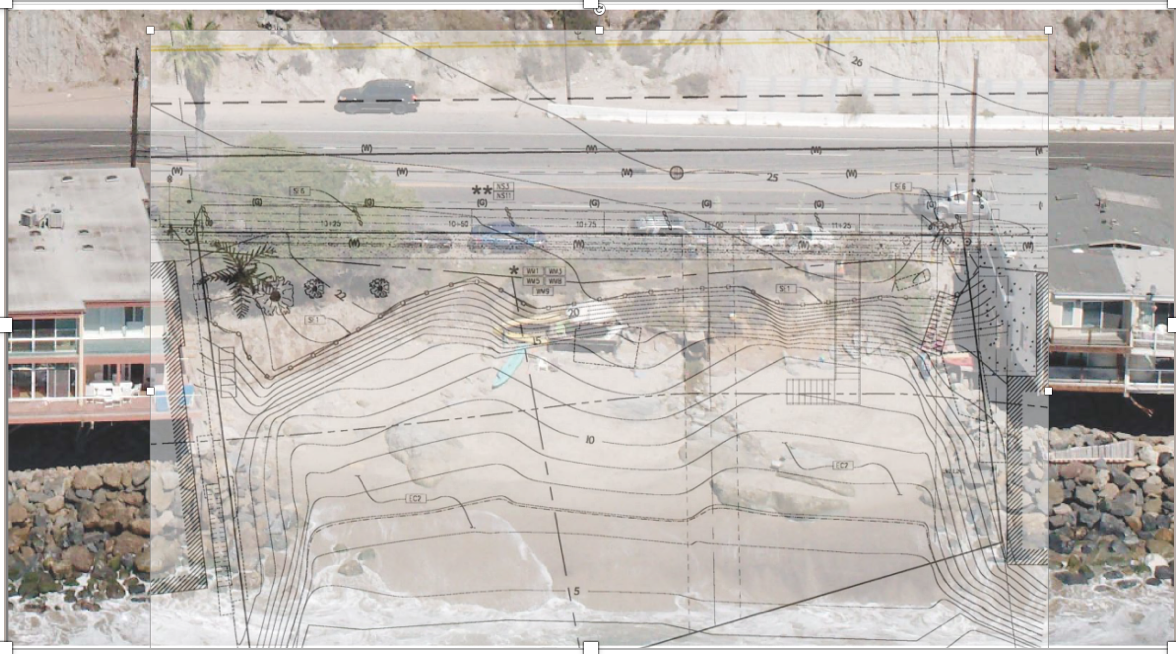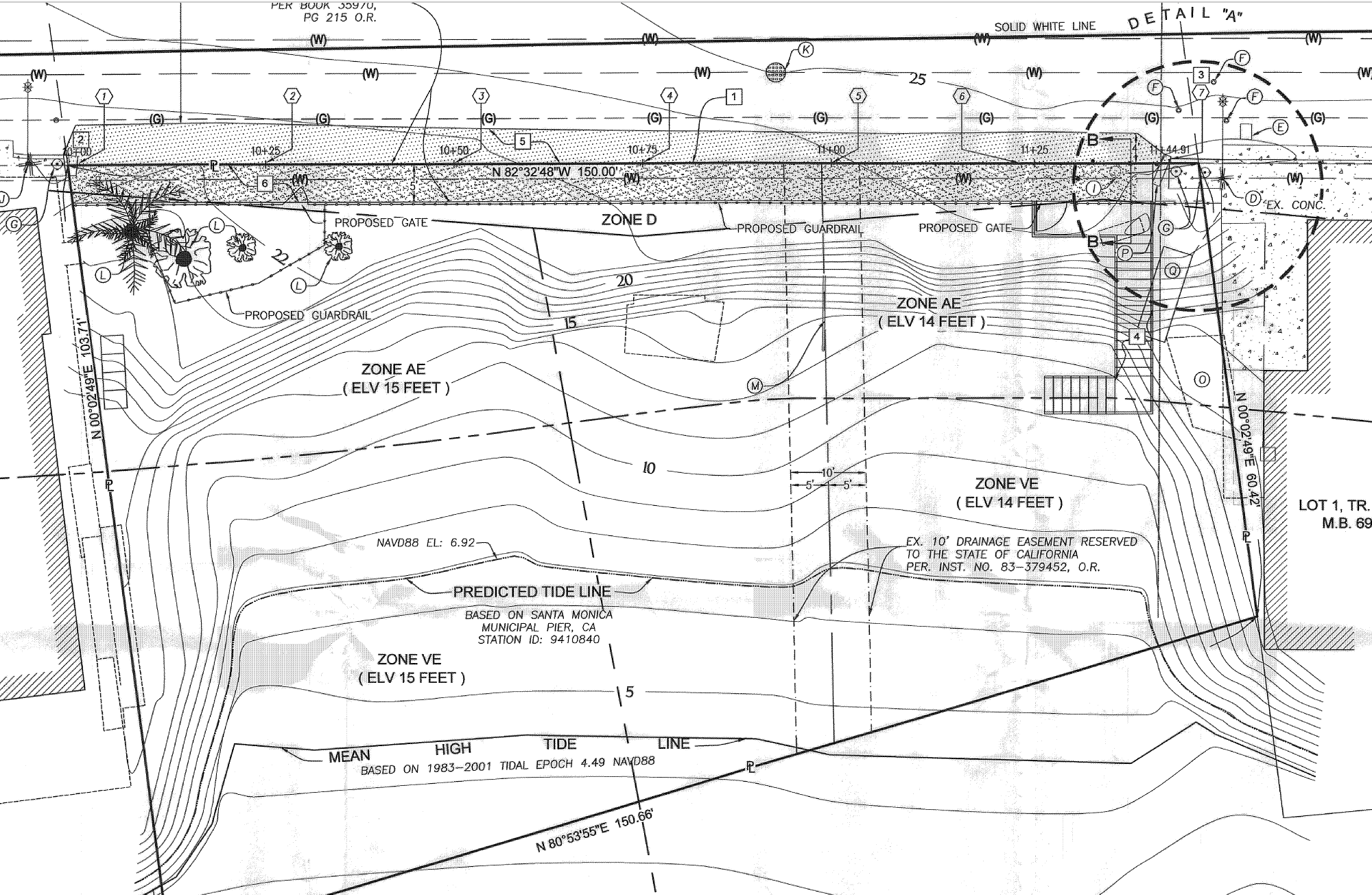On September 10, 2017 on Facebook I posted the following question:
Can California establish a new form of state citizenship? It wouldn’t be valid for the federal government, but what if we offered to make immigrants into “California citizens”?
We could allow them to vote in local and state elections, allow them to work and pay taxes, etc etc. We could have them and their employers pay to California the taxes that otherwise would go to the federal government, and then use that money to provide social services: health insurance, welfare, social security, etc.
If we can legalize marijuana even though it is illegal under federal law, why not also do this for our undocumented residents?
Basically, what I am saying is why not model on a state level the new immigration law that we would like the federal government to pass?
Some good comments and questions from my friends led me to consider this question more deeply. I am setting up this blog post to assemble what I have found.
First, the current law:
Cal. Const. Art II, Sec 2 states: “A United States citizen 18 years of age and resident in this State may vote.”
Cal. Elections Code provides: § 2000. (a) Every person who qualifies under Section 2 of Article II of the California Constitution and who complies with this code governing the registration of electors may vote at any election held within the territory within which he or she resides and the election is held.
(b) Any person who will be at least 18 years of age at the time of the next election is eligible to register and vote at that election.
(c) Pursuant to Section 2102, any person who is at least 16 years of age and otherwise meets all eligibility requirements to vote is eligible to preregister to vote, but is not eligible to vote until he or she is 18 years of age.
(Amended by Stats. 2015, Ch. 728, Sec. 1. Effective January 1, 2016. Operative September 26, 2016, when the Secretary of State issued the certification prescribed by Stats. 2015, Ch. 728, Sec. 88.)
Therefore, in California only United States citizens may vote. Note that the California Constitution does not expressly prohibit non-citizens from voting.
I was very interested to learn that there are other people thinking about whether non-citizens should be allowed to vote in our state elections. On August 3, 2017, an opinion piece by Joe Mathews appeared in the Fresno Bee with the headline “Let’s Give Our Non-Citizen Neighbors the Right to Vote in California.” A similar opinion piece, “Give Non-Citizens the Right to Vote? It’s Only Fair” was authored by Ron Hayduk on December 22, 2014 in the Los Angeles Times. Hayduk, now an assistant professor of political science at San Francisco State University, has an entire website devoted to the subject of immigrant voting. So I’m not the only one currently thinking about this question.
It turns out there is a long history of non-citizen voting in this country, and since the 1970s, there have been quite a lot of discussion of the issue, and even several legal decisions on the subject. Here are some of the key sources:
Leon E. Aylsworth, “The Passing of Alien Suffrage” The American Political Science Review, Vol. 25, No. 1 (Feb., 1931), pp. 114-116. (“During the nineteenth century, the laws and constitutions of at least twenty-two states and territories granted aliens the right to vote.”)
Gerald M. Rosberg, Aliens and Equal Protection: Why Not the Right to Vote?, 75 Mich. L. Rev. 1092, 1093-94 (1977).
Jamin Raskin, Legal Aliens, Local Citizens: The Historical, Constitutional and Theoretical Meanings of Alien Suffrage, 141 U. Pa. L. Rev. 1391 (1993).
Virginia Harper-Ho, Noncitizen Voting Rights: The History, the Law and Current Prospects for Change, 18 Law & Ineq. 271 (2000).
Adam B. Cox, Citizenship, Standing, and Immigration Law, 92 Cal. L. Rev. 373 (2004).
Tara Kini, Sharing the Vote: Noncitizen Voting Rights in Local School Board Elections, 93 Cal. L. Rev. 271 (2005).
Bryant Yuan Yang, Fighting for an Equal Voice: Past and Present Struggle for Noncitizen Enfranchisement, 13 Asian Am. L.J. 57 (2006).
Ron Hayduk, Democracy for All: Restoring Immigrant Voting Rights in the United States, (Routledge 2006).
Stanley A. Renshon, Noncitizen Voting and American Democracy (Rowman & Littlefield 2009)
The cases directly discussing non-citizen voting are:
Minor v. Happersett, 88 U.S. 162 (1874).
People v. Rodriguez, 35 Cal.App,3d 900, 111 Cal. Rptr. 238 (1973).
Padilla v. Allison, 113 Cal. App. 3d 784, 113 Cal.Rptr. 582 (1974).
Skafte v. Rorex, 553 P.2d 830 (Colorado 1976).
Other relevant cases include:
Kramer v. Union Free Sch. Dist No. 15, 395 U.S. 621, 89 S. Ct. 1886, 23 L. Ed. 2d 583 (1969) (property requirement for school district elections violates Equal Protection Clause).
Sugarman v. Dougall, 413 U.S. 634, 93 S. Ct. 2842, 37 L. Ed. 2d 853 (1973) (citizenship requirement for state civil service employment violates Equal Protection Clause).
Here is what we can glean from all of these sources:
- There are at least three classes of non-citizens or resident aliens: legal permanent residents, nonimmigrants, and undocumented immigrants. DACA recipients may be a fourth class, undocumented but given a quasi-legal status.
- The federal Constitution does not give non-citizens or resident aliens a right to vote in State elections; nor does it prohibit non-citizens or resident aliens from voting in state and local elections.
- Non-citizens or resident aliens have been considered a “suspect class” entitled to “due process” and “equal protection” under the Fourteenth Amendment, which provides “nor shall any state deprive any person of life, liberty, or property, without due process of law; nor deny to any person within its jurisdiction the equal protection of the laws.”
- Laws that disadvantage people on the basis of race or national origin are subject to strict scrutiny, meaning that the law must further a compelling state interest and must be narrowly tailored to serve that interest. However, laws that disadvantage aliens have been subject to varying standards of review, including the much more lax rational basis test, requiring only that the law must be rationally related to some legitimate government interest. Strict scrutiny: Graham v. Richardson, 403 U.S. 365, 372 (1971) (denying welfare benefits to aliens not meeting a residency requirement); In re Griffiths, 413 U.S. 717 (1973) (forbidding aliens to practice law); Examining Bd. of Eng’rs, Architects & Surveyors v. Flores de Otero, 426 U.S. 572 (1976) (civil engineering); Nyquist v. Mauclet, 432 U.S. 1 (1977) (financial assistance for higher education); Bernal v. Fainter, 104 S.Ct. 2312 (1984) ( notary public); Dandamudi v. Tisch, 686 F.3d 66, 81 (2d Cir. 2012) (license to practice as a pharmacist). Rational basis test: Ambach v. Norwick, 441 U.S. 68 (1979) (prohibiting the certification of non-citizen teachers); Mathews v. Diaz, 426 U.S. 67 (1976) (federal medical insurance); Plyler v. Doe, 457 U.S. 202 (1982) (public education for immigrant students); LeClerc v. Webb, 419 F.3d 405 (5th Cir. 2005) (bar admission); Van Staden v. St. Martin, 664 F.3d 56 (5th Cir. 2011) (nursing); League of United Latin American Citizens (LULAC) v. Bredesen, 500 F.3d 523 (6th Cir. 2007) (bar admission). Note that in Plyler, the attempt to exclude undocumented immigrant students from public schools did not pass the rational basis test.
In California, two appellate cases in the 1970s applied strict (or close) scrutiny and still found “no reason to require the state to grant the voting franchise to a class of persons who are not required to be enfranchised under the Fourteenth Amendment.” Padilla v. Allison, 38 Cal.App.3d at 787 (citing People v. Rodriguez, 35 Cal. App. 3d 900 ). (Note that current federal district court Judge Terry J. Hatter was attorney for the Plaintiff in Padilla v. Allison.)
That would seem to end the inquiry, but I think it is worth looking a bit more closely. In Rodriguez and Allison, the Court was addressing a facial challenge to the California law barring non-citizens from voting. Because the U.S. Supreme Court had previously stated as dictum in Sugarman that a state could constitutionally limit the franchise to citizens, the California court simply assumed that the state had legitimately done so. The parties apparently presented no evidence to the contrary. What the Court did not do is investigate the history of the California law. That history makes the citizenship rule much more problematic, and difficult to uphold.
The legal issue not previously addressed is set forth in the infamous gerrymandering case, Gomillion v. Lightfoot, 364 U.S. 339, 347-8 (1960):
When a State exercises power wholly within the domain of state interest, it is insulated from federal judicial review. But such insulation is not carried over when state power is used as an instrument for circumventing a federally protected right. This principle has had many applications. It has long been recognized in cases which have prohibited a State from exploiting a power acknowledged to be absolute in an isolated context to justify the imposition of an “unconstitutional condition.” What the Court has said in those cases is equally applicable here, viz., that “Acts generally lawful may become unlawful when done to accomplish an unlawful end, United States v. Reading Co., 226 U. S. 324, 226 U. S. 357, and a constitutional power cannot be used by way of condition to attain an unconstitutional result.” Western Union Telegraph Co. v. Foster, 247 U. S. 105, 247 U. S. 114.
Put another way, a state has the right to do certain things, but not for an illegitimate reason or to achieve an unlawful result. In Gomillion this meant that a state could draw boundaries to its cities, but it could not do so to exclude blacks from the city.
So the big question that needs to be answered is: why did California only give citizens the right to vote? If the citizenship rule was simply shorthand for racism, then the law may be unconstitutional. Let’s take a look at the history.
The 1849 Constitution of California provided as follows:
ARTICLE II
RIGHT OF SUFFRAGE
Sec. 1 – Every white male citizen of the United States, and every white male citizen of Mexico, who shall have elected to become a citizen of the United States, under the treaty of peace exchanged and ratified at Queretaro, on the 30th day of May, 1848 of the age of twenty-one years, who shall have been a resident of the State six months next preceding the election, and the county or district in which he claims his vote thirty days, shall be entitled to vote at all elections which are now or hereafter may be authorized by law: Provided, nothing herein contained, shall be construed to prevent the Legislature, by a two-thirds concurrent vote, from admitting to the right of suffrage, Indians or the descendants of Indians, in such special cases as such proportion of the legislative body may deem just and proper.
And here is the 1879 Constitution of California:
ARTICLE II.
RIGHT OF SUFFRAGE.
Section 1. Every native male citizen of the United States, every male person who shall have acquired the rights of citizenship under or by virtue of the treaty of Queretaro, and every male naturalized citizen thereof, who shall have become such ninety days prior to any election, of the age of twenty-one years, who shall have been a resident of the State one year next preceding the election, and of the county in which he claims his vote ninety days, and in the election precinct thirty days, shall be entitled to vote at all elections which are now or may hereafter be authorized by law; provided, no native of China, no idiot, insane person, or person convicted of any infamous crime, and no person hereafter convicted of the embezzlement or misappropriation of public money, shall ever exercise the privileges of an elector in this State.
Clearly, racism was a big part of California’s early voting laws. The original law essentially limited the vote to white male citizens. A review of the debates from the 1849 Constitutional Convention amply demonstrates the racism of the delegates. (For example, see pages 34-38 and 61-76.) There is much talk of the need to exclude Indians, non-white Mexicans and Blacks. Amendments providing that “no member/inhabitant of this State shall be disfranchised,” based on the Constitution of New York, were discussed at length and rejected. Delegate Lanford Hastings, later a Major in the Confederate States Army during the American Civil War, objected: “Whether it is designed or not, the adoption of this section of the bill of rights would secure to certain classes, Indians and Africans (if Africans are ever introduced here), precisely the same rights that we ourselves enjoy.” Charles T. Botts successfully inserted the word “white” into the clause on suffrage in order to limit the eligibility of certain Mexicans who had been offered citizenship but had not yet been admitted by Congress pursuant to the Treaty of Guadalupe-Hidalgo. “It was clear that by the adoption of the clause reported by the Committee, citizens of Mexico would be excluded from voting before they were made citizens of the United States by the Congress of the United States. His amendment was to insert the word ‘white’ before ‘male citizens of Mexico.’” Pablo de la Guerra of Santa Barbara (called “Noriego” in the transcript, presumably because he was the son of José de la Guerra y Noriega), the lone white Hispanic delegate to speak on the issue, argued in favor of permitting some acceptable Indians to vote, but at the same time averred “if by the word ‘white,’ it was intended to exclude the African race, then it was correct and satisfactory.” With regard to Indians, Hasting successfully argued, “It would be a most injurious measure to permit the Indians of this country to vote. There are gentlemen who are very popular among the wild Indians, who could march hundreds up to the polls. There is no distinction between an Indian here and the remote tribes. An Indian in the mountains is just as much entitled to vote as anybody, if Indians are entitled to vote.” In the end, the Convention added a provision that would allow an Indian to vote only upon special vote of the Legislature.
Hostility towards African-Americans was commonplace. Morton McCarver proposed an amendment copied from the Missouri Constitution against the immigration of “free persons of color” which was debated for two days before being rejected. McCarver was an unabashed racist, offering statements such as “No population that could be brought within the limits of our Territory could be more repugnant to the feelings of the people, or injurious to the prosperity of the community, than free negroes.” Newspaperman Bob Semple, who presided over the Constitutional Convention, concurred: “I can assure you, sir, thousands will be introduced into this country before long, if you do not insert a positive prohibition against them in your Constitution—an immense and overwhelming population of negroes, who have never been freemen, who have never been accustomed to provide for themselves. What would be the state of things in a few years? The whole country would be filled with emancipated slaves—the worst species of population—prepared to do nothing but steal, or live upon our means as paupers.” The proposal failed presumably because a majority of the delegates thought that it might hamper the State’s admission into the United States, not because there was any overwhelming tolerance for African-Americans.
In Wisconsin, the debate on suffrage at the first Constitutional Convention in 1846 was equally racist but a bit more accommodating of whites who intended to become citizens. That state extended the right to vote not only to “White citizens of the United States” but also to “White persons of foreign birth who shall have declared their intention to become citizens conformably to the laws of the United States on the subject of naturalization.” Wisconsin Constitutional Convention (1848), Article III, Section 1, 2d. The convention debated and rejected a proposed amendment to take away the right to vote of any immigrant who resided in the state for six years but did not become a citizen. Moses M. Strong, an opponent of negro suffrage, declared that “he did not think that the citizenship of the elector had anything to do with voting. This was a difference not commonly taken and understood by those who talk on this subject. A man may be a citizen and not be a voter, and so he may be a voter and not be a citizen of the state or of the United States. The power to make foreigners citizens of the United States belongs to the United States; the power to prescribe the qualifications of electors has been lodged in the states, plainly showing that they are distinct powers.” Suffrage debates during first convention, Wisconsin Historical Collections, vol. 27 (Madison: State Historical Society of Wisconsin, 1919): 210-220, at 219. There is no indication that the California Constitutional Convention of 1849 considered extending suffrage to white males who had declared their intent to become citizens. In any case, that option was never available to non-whites.
It would be wrong to assume that the citizenship requirement for suffrage was unrelated to race. For example, at the time, it was assumed that only whites could avail themselves of federal naturalization laws to become American citizens. See Charles J. McClain, Jr., The Chinese Struggle for Civil Rights in Nineteenth Century America: The First Phase, 1850-1870, 72 Cal. L. R. 529, 538 n. 46. The Naturalization Law of 1802 made only a “free white person” eligible for naturalization. Indeed, in Chancellor James Kent’s influential Commentaries on American Law, the author had expressed doubt whether any of the “yellow or tawny races of Asiatics” could ever become citizens. 2 J. Kent, Commentaries on American Law 72 (3d ed. 1836). Dispelling any doubts, the California Supreme Court in 1854 affirmed that whites only meant whites only. People v. Hall, 4 Cal. 399 (1854). Reversing the conviction of a white man on the testimony of a Chinese witness, the Court explained:
We have carefully considered all the consequences resulting from a different rule of construction, and are satisfied that even in a doubtful case, we would be impelled to this decision on grounds of public policy. The same rule which would admit them to testify, would admit them to all the equal rights of citizenship, and we might soon see them at the polls, in the jury box, upon the bench, and in our legislative halls. This is not a speculation which exists in the excited and over-heated imagination of the patriot and statesman, but it is an actual and present danger. The anomalous spectacle of a distinct people, living in our community, recognizing no laws of this State, except through necessity, bringing with them their prejudices and national feuds, in which they indulge in open violation of law; whose mendacity is proverbial; a race of people whom nature has marked as inferior, and who are incapable of progress or intellectual development beyond a certain point, as their history has shown; differing in language, opinions, color, and physical conformation; between whom and ourselves nature has placed an impassable difference, is now presented, and for them is claimed, not only the right to swear away the life of a citizen, but the further privilege of participating with us in administering the affairs of our Government. These facts were before the Legislature that framed this Act, and have been known as matters of public history to every subsequent Legislature. There can be no doubt as to the intention of the Legislature, and that if it had ever been anticipated that this class of people were not embraced in the prohibition, then such specific words would have been employed as would have put the matter beyond any possible controversy. For these reasons, we are of opinion that the testimony was inadmissible. People v. Hall, 4 Cal. 399, 404-5.
Chinese immigrants soon became the target of laws seeking to exclude them from the State. On April 28, 1855 California Governor John Bigler approved a bill captioned “An Act to Discourage the Immigration to this State of Persons Who Cannot Become Citizens,” requiring a $50 tax for each passenger who was not eligible for state or federal citizenship. 1855 Cal. Stat. 194. The law was ruled unconstitutional on the grounds of interference with federal power to regulate commerce in 1857 and repealed only in 1955. People v. Downer 7 Cal. 169 (1857).
Even in 1879, after the 15th Amendment had been enacted, the California delegates insisted on denying the vote to any “native of China.” Under the influence of Denis Kearney‘s Workingmen’s Party of California, the new Constitution declared:
The presence of foreigners ineligible to become citizens of the United States is declared to be dangerous to the well being of the State, and the Legislature shall discourage their immigration by all means within its power. Asiatic coollieism is a form of human slavery, and is forever prohibited in this State; and all contracts for coolie labor shall be void. All companies or corporations, whether formed in this country or any foreign country, for the importation of such labor, shall be subject to such penalties as the Legislature may prescribe. The Legislature shall delegate all necessary power to the incorporated cities and towns of this State for the removal of Chinese without the limits of such cities and towns, or for their location within prescribed portions of those limits; and it shall also provide the necessary legislation to prohibit the introduction into this State of Chinese after the adoption of this Constitution.
A few years later, the federal Chinese Exclusion Act of 1882 not only restricted new immigrants, but also made it impossible for state and federal courts to grant citizenship to resident aliens from China. Chinese nationals remained ineligible for citizenship by naturalization until 1943. For a detailed description of the numerous anti-Chinese laws, see All Persons Born or Naturalized . . . The Legacy of Wong Kim Ark.
Therefore, in light of the history of United States naturalization laws, the citizenship requirement for the right to vote in California must be seen as part of the effort to exclude non-whites from the franchise. There is no evidence that the citizenship requirement served any other purpose. White aliens could become citizens merely by complying with the Naturalization Law of 1802, which required 5 years of residence and a declaration of intent filed two years before admission. The subsequent history of immigration laws in the United States up to the present day is riddled with attempts to use those laws to protect the white majority population from non-white immigrants (as well as from Jews and Catholics). Therefore, any suffrage law tied to citizenship necessarily incorporated the overt racist elements of those laws.
What does this mean with regard to the constitutionality of California’s citizenship requirement for suffrage? It means that the law could be deemed an unconstitutional rule designed to deprive non-whites of equal protection and due process. This issue deserves a much closer inspection than I can give on this blog, but let me start with some ideas.
The fact that American immigration laws might be constitutional, although historically designed to be racist in effect, might not save a state law that is based on those laws. There are many things that the federal government may do that states cannot. For example, under the equal protection principle of “one person, one vote” a state could not set up a government with a Senate with disproportionate representation like the one that we have in our federal government. A state cannot rely on the racist outcome of a federal law to insulate its law from an equal protection challenge.
Put another way, if state voting rights are not necessarily determined by national citizenship, what would the basis be for using national citizenship as a determinative criteria for granting state voting rights?
A challenge to California’s citizenship requirement for suffrage could succeed if it could be proven that the law was intended to and did discriminate against racial minorities at the time it was first enacted. It would also help to demonstrate that the law continues to discriminate against minorities. The Immigration and Nationality Act Amendments of 1965, which form the basis of our current immigration system based on family reunification, were intended, even by their most liberal advocate Senator Edward Kennedy, to preserve and “not upset the ethnic mix of our society.” U.S. Senate, Subcommittee on Immigration and Naturalization of the Committee on the Judiciary, Washington, D.C., Feb. 10, 1965. pp. 1–3. For a state to rely on such an obviously racially motivated outcome, the state must demonstrate a compelling state interest, and prove that the law is narrowly tailored to achieve that interest. Given the long history of non-citizen voting in the United States, such a compelling interest would be difficult to justify.
Perhaps this analogy will help clarify the issue. Let’s say that the University of California had a history of admissions policies that tracked United States immigration and naturalization laws. Initially, the University would have admitted only whites. After many decades of that policy, in response to an increasing number of Jewish and Catholic applicants, the University established an admissions policy using national origin quotas based on the ethnic mix of the student body at the time. Several decades later, the University adopted a more neutral-looking policy that admitted mainly children of alumni so as not to upset the ethnic mix of the student body. Now let’s say that California only allowed graduates of the University of California to vote. Would anyone think that was ok?
